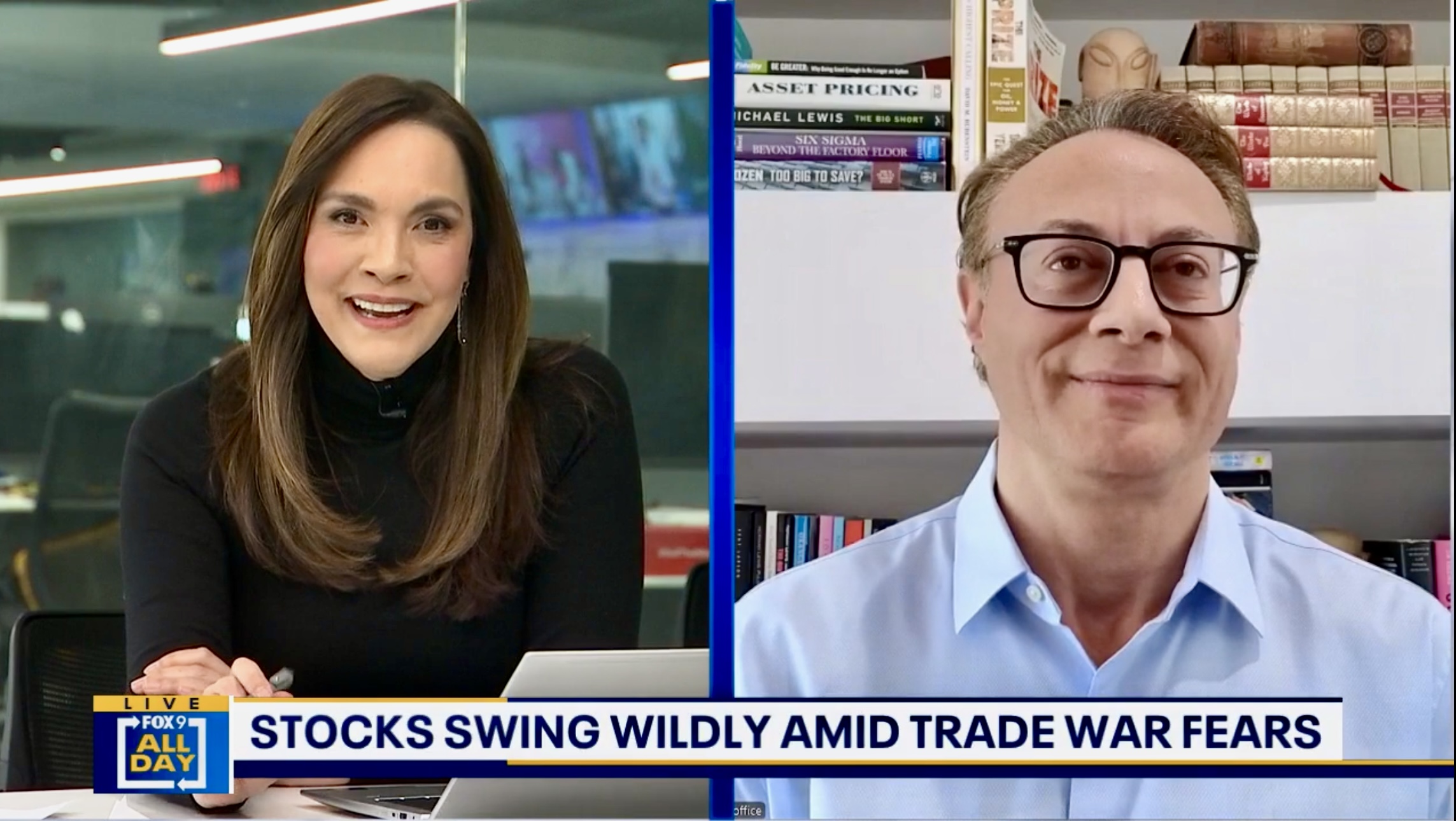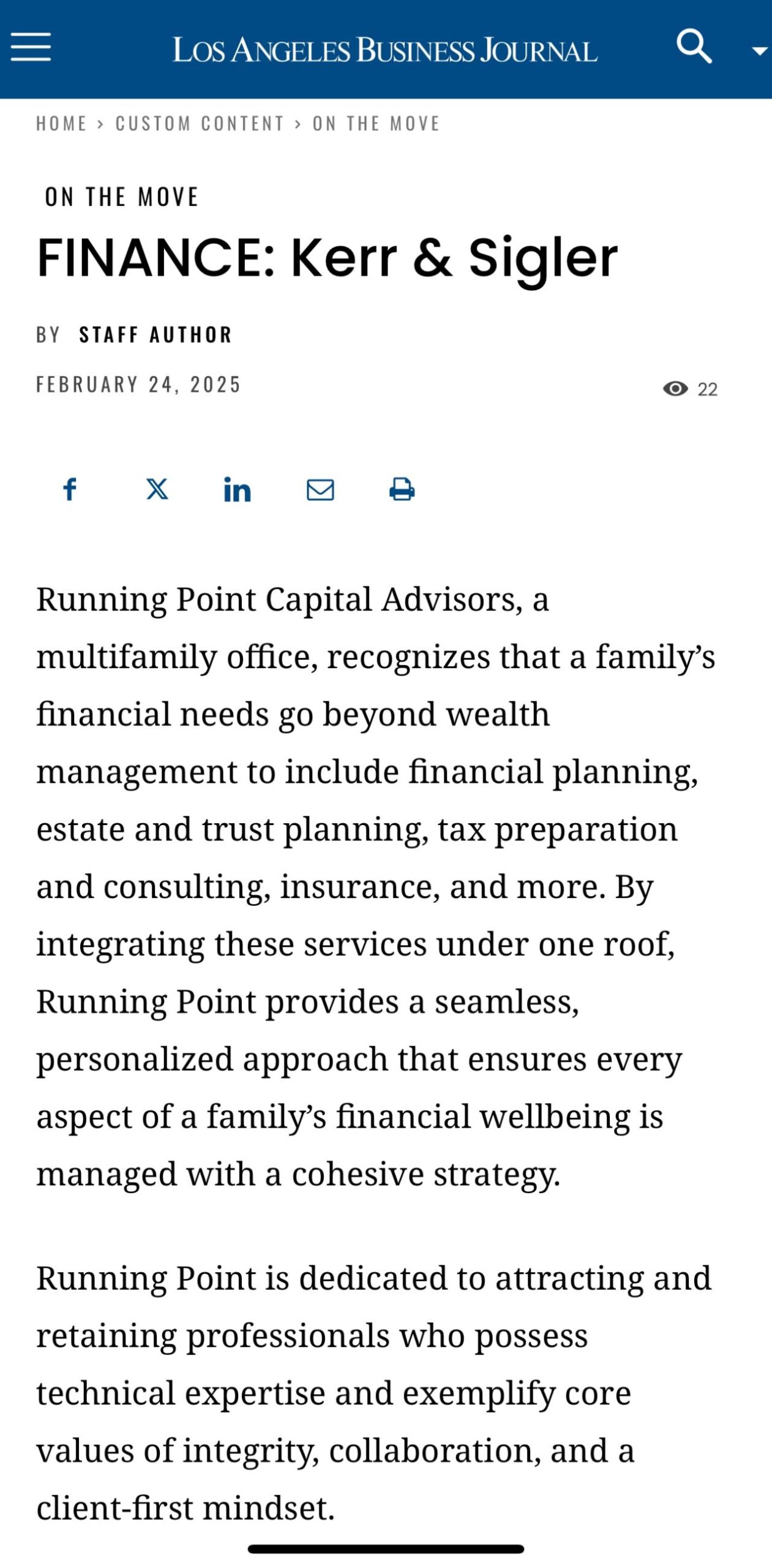- Acceptance of Bitcoin[i] has been volatile, which is to be expected of any “new new thing”[ii]
- We do not view Bitcoin as a currency nor a traditional commodity, but rather as a collectible—closer to a Picasso or Beanie Baby; more akin to diamonds than to gold (both in terms of transportability and rarity)
- Its best attribute is also its largest detractor—that is, its value is completely faith-based
- If desired, it can be appropriately sized and coordinated into bespoke investment solutions with tax awareness and financial and estate planning for you, your family, or a charitable donation
Currency distrust is nothing new. In the 1800s, hundreds of state-chartered banks issued their own money, theoretically backed by gold, but worthless if the bank turned insolvent, as was often the case. The first U.S. federal legal tender (paper currency not backed by gold or silver) were the greenbacks issued in the early 1860s. Even so, distrust of the federal government was so high in some areas that greenbacks sometimes traded for a fraction of their value (most notably in California and Oregon). Lately, Bitcoin’s value has risen with the recent increase in fiscal and monetary largesse that has lifted most asset prices. But down the road, if the U.S. dollar or other major currencies lose value, Bitcoin may unhinge from economic stimulus and even rise in worth as a store of value. I can imagine that 2,000 years from now when humans travel through space and live on other planets, Bitcoin may still be around.
Although Bitcoin prices are often quoted in fiat currencies (the euro, yen, or U.S. dollar) similar to commodities, they lack the physical attributes usually used to classify something as a commodity. Commodities tend to have practical tangible applications: oil for power, wheat for food, copper for construction, gold for manufacturing and jewelry. Gold and silver also have a couple thousand years of precedence as physical currency— the first known ones being the Lydian stater[iii], a mix of gold and silver, minted around 600 BCE in the region now known as Turkey. Mints around the world still print gold and silver coins, including the Canadian Silver Maple Leaf, American Gold Eagle, Chinese Gold and Silver Panda, South African Krugerrand, and Perth Mint Australian Nugget. In the future, central banks may create their own cryptocurrencies or stable[iv] coins (digital coins backed by hard currencies) that will have the same value as a normal currency, similar to how $35 paid by cash can be substituted with $35 paid by credit card. However, because of their government ties, these stable coins will be significantly different from Bitcoin.
New buyers, users, enablers, and regulatory de-risking bolster confidence. On December 16, 2020, Bitcoin rose above $20,000 for the first time, surpassing its previous high three years earlier on December 18, 2017. Notable institutional investors and corporations—Fidelity, Chicago Mercantile Exchange, Guggenheim, PayPal[v], Square, Tesla, MassMutual, MicroStrategy[vi], as well as high net worth and family office investors—have recently entered Bitcoin and cryptocurrency markets. This in turn has created new demand. Nonetheless, many involved institutions are not betting the farm on it, committing to only a fraction or toehold. Recently proposed regulation and enforcement actions by the Financial Crimes Enforcement Network (FinCEN[vii]) and the U.S. Securities and Exchange Commission[viii] (SEC) could bring regulatory clarity to the U.S. government stance on Bitcoin, which should lower the risk premium.
[T]he cryptoasset market has gone through all the classic phases of disruptive technology: massive bull markets and crushing pullbacks, periods of euphoria and moments of despair, FOMO (fear of missing out), fear, and everything in between.
https://www.cfainstitute.org/en/research/foundation/2021/cryptoassets
Even so, widespread Bitcoin adoption is not guaranteed and owning it can feel uncomfortable, since on average it has a 20% price correction every couple months.
Bitcoin—notable as the first and largest cryptoasset—has been on an up, down, and discovery route since it came into reality in 2009. Nonetheless, even after Bitcoin’s more than a decade of existence, over 600 million results in a Google search, and over $400 billion in market capitalization, people still strive to classify, symbolize[ix], understand, rationalize, and trash it. Like anything, it has its pros, cons, and risks:
Bitcoin Pros
- It is a store of value that no government or corporation controls—no CEO can be called before a Congressional investigative committee or politburo to defend it, be fined for it, or go to prison for running it
- Easy to transport—millions of dollars can move in minutes versus days with a traditional bank network
- Very liquid—trades on exchanges 24 hours a day
- Rarity value—there will only ever be 21,000,000 Bitcoins
- New buyers continue to come into the market
- Because Bitcoin is completely faith-based, it is a candidate for the truest store of value
- Each Bitcoin is an exact replica of every other Bitcoin—perfectly divisible, with minimal storage costs; no tainting, no impurities, no blood Bitcoins
- There are multiple options available to own, invest, or participate in Bitcoin
Bitcoin Cons
- Exceedingly volatile pricing, although a lot of this is optics—imagine the price volatility that would come from trying to price a Picasso daily. In the real world, no one reprices their home, art, or jewelry every day
- Huge energy consumption. Bitcoin is not ecologically friendly; mining and registry consumes approximately 0.4% of global electricity, roughly equivalent to the combined annual power consumption of Switzerland and Iceland
- Easy to lose through theft, loss of digital wallet, forgotten password, or mistake in setting up a hard wallet. Approximately 20% of outstanding Bitcoin supply—$140 billion—“appear to be in lost or otherwise stranded wallets”[x]
- Used by the black market to fund payments, although sometimes the black market is ahead of the curve—so maybe this could be construed as a positive
- If governments attempt to oppressively regulate, tax, or restrict Bitcoin, it could dampen values or drive transactions (figuratively) underground. On the other hand, some regulation may help further legitimize Bitcoin
- Quantum computing technology, still a decade away, may threaten the security of Bitcoin passwords and safety protocols
- Bitcoin may never be flipped to determine who starts a sport game
One should balance Bitcoin’s pros and cons (or those of any cryptocurrency) in terms of desires and goals. For this, it helps to have a near-term and long-term financial plan to frame where Bitcoin or any other asset fits, according to Running Point’s Senior Financial Advisor Daniel Kerr. Participating in a new new thing can be part of that framework.
Bonus points if you can actively weave in estate planning and legal ramifications of asset ownership, especially as laws change. How one holds Bitcoin, and/or where passwords are saved, can be a crucial part of legacy planning—lost or inaccessible crypto wallets could have disheartening and severe consequences on transference of wealth. From a safety and insurance perspective, neither FDIC[xi] nor SIPC[xii] coverage applies to cryptocurrencies. Fraudulent cryptocurrency transactions cannot be reversed like cash wires or credit card transactions, and crypto exchanges have been known to get hacked (although Coincover[xiii], underwritten by Lloyd’s of London Ltd., will provide insurance for a fee). Proper coordination of bespoke investment solutions, financial and estate planning, appropriate insurance coverage, and tax awareness—like what we endeavor to accomplish at Running Point—can help ensure that Bitcoin or other cryptocurrency investments are appropriately sized and structured, and can be accessible in the future, passed on to the next generation, or gifted to a foundation or charity.
Bitcoin has many promoters and detractors, as well as many observers on the sidelines. We do not view it as a currency yet, but we understand its network effect, and are open to different perspectives.
- It is not a currency, yet. Although Bitcoin is technically defined as a cryptocurrency[xiv] (i.e., a digital currency registered on a blockchain ledger), many argue that Bitcoin is not usable as a currency because of its price volatility and lack of acceptance in public as a medium of exchange[xv] or as a unit of accounting—and therefore worthless because it will never be conventional. Large price variations make cryptocurrencies difficult to use for daily transactions and technically, exchanging cryptocurrency for goods or services could subject the purchaser to capital gains taxes and the seller to income taxes[xvi] as pointed out by Running Point’s Tax Manager, Todd Stern, CPA. When was the last time you had to track the cost basis of a $10 bill in your wallet? Nonetheless, these arguments miss the mark. Bitcoin might not be a robust currency, but it does not need to be. Diamonds are not a currency, yet still retain value because of rarity and desirability. Down the road, with more acceptance, Bitcoin may transition to a recognized currency.
- Understand the network effect. If one person owned all the Bitcoin in the world, it might be worthless. Analogous to a telephone, if there were only one phone in the world, it would be useless; who would one call? If a million other phones were distributed, there would suddenly be a million people to call. If a billion were distributed, there’d be a billion people to call, and they could all call each other too; telephonic value would increase exponentially. Similarly, more ownership, use, or investment in Bitcoin could increase its long-term value through the network effect of acceptance and exchange.
- Two perspectives. One can view the run-up in Bitcoin prices and say, OH NO!, not again, another bubble, when will we learn, this is tragic, looks like the sharp rising price curves of the tulip mania or the NASDAQ run-up of early 2000! Or one can point out that the run-up in prices looks like the technology adoption curve of the iPhone, Netflix, or emojis—in other words, is Bitcoin “crossing the chasm”[xvii]? Which is it? That story is still to be determined; however, both bubble and mass-adoption forces seem to be alternately taking the driver’s seat.
Much like the emperor’s new clothes[xviii], Bitcoin’s value, because it has no inherent physicality, is based on belief. In this way, it may be the ultimate store of value. For comparison, the U.S. $100 bill is ultimately just a piece of fabric with a picture on it; its value is derived from the full faith and credit we collectively vest in the U.S. government[xix]—if a country disappears, so too does the value of its currency. Perceived value has been present throughout human history in religious artifacts, the Yap Islands’ use of stone money called Rai[xx] (which is a story unto itself), and art, from a Pablo Picasso or Giorgio de Chirico to a Marilyn Minter, Mickalene Thomas, or Tarsila do Amaral. Bitcoin is unique because it is the original cryptocurrency and its supply is limited to 21,000,000 pieces. With this in mind, Bitcoin is the ultimate faith and value item; entirely dependent on supply and demand, it derives its full worth based on what people around the globe believe it to be.
For those invested in or considering investment in Bitcoin or other cryptocurrencies, we can leverage the resources of our coordinated multifamily office team experienced in financial planning, investment, estate preparedness, tax planning, and accounting. We will be happy to discuss appropriate portfolio size and risk allocations as well as the pros and cons of various investment options available: direct investments, indirect investments, Bitcoin futures traded on the Chicago Board of Exchange (CBOE), trusts, and funds.
Michael Ashley Schulman, CFA
Partner, Chief Investment Officer
[i] Thousands of cryptocurrencies exist; many with little to no following. For simplicity, this article focuses on Bitcoin, the first and largest (by market value) cryptocurrency; nonetheless, we are open to discuss other cryptocurrencies like Ethereum, Litecoin, or Dogecoin.
[ii] “new new thing” is a reference to The New New Thing: A Silicon Valley Story, a book by Michael M. Lewis published in 1999 by W. W. Norton & Company. Michael Lewis is also the author of Liar’s Poker, Moneyball, The Blind Side, and The Big Short. His upcoming novel is The Premonition: A Pandemic Story, expected May 2021.
[iii] https://www.titlemax.com/discovery-center/money-finance/ancient-currency-coin-standards/
[iv] Private stable coins, like Diem, Tether, Centre, and Maker may eventually fall under the purview of banking regulation in the U.S.
[v] As of late 2020, PayPal allows users to purchase Bitcoin directly through its online application.
[vi] Mass Mutual made a $100 million Bitcoin purchase in December 2020 and MicroStrategy bought an additional 29,546 Bitcoin (from funds raised through convertible debt).
[vii] FinCEN is a bureau of the United States Department of the Treasury that analyzes domestic and international financial transactions for anti-money-laundering compliance and criminal activity.
[viii] The Securities and Exchange Commission (SEC) has stated that Bitcoin is not a security and the Office of the Comptroller of the Currency (OCC) has declared that institutions may custody digital assets on behalf of their clients.
[ix][ix] Even how Bitcoin is symbolized became a hotly contested issue: Ƀ vs ₿. Ƀ seemed to be the preference of early Bitcoin purists who saw ₿ as more of a logo than a symbol— https://bitcoinsymbol.org/. Nonetheless, ₿ seems to be more popular and commonly recognized.
[x] NY Times, Lost Passwords Lock Millionaires Out of Their Bitcoin Fortunes, 1/14/2021, https://www.nytimes.com/2021/01/12/technology/bitcoin-passwords-wallets-fortunes.html
[xi] The Federal Deposit Insurance Corporation (FDIC) is an independent agency created by the U.S. Congress to maintain stability and public confidence in the nation’s financial system. https://www.fdic.gov/
[xii] The Securities Investor Protection Corporation (SIPC) is a federally mandated, nonprofit, member-funded, United States corporation created under the Securities Investor Protection Act of 1970 that mandates membership of most U.S.-registered broker-dealers. SIPC protects against the loss of cash and securities—such as stocks and bonds—held by a customer at a financially troubled SIPC-member brokerage firm. The limit of SIPC protection is $500,000, which includes a $250,000 limit for cash. Since cryptocurrencies are not considered securities, they are not protected. https://www.sipc.org/
[xiii] Coincover; https://www.coindesk.com/lloyds-backs-new-crypto-hot-wallet-insurance-scheme-from-coincover
[xiv] A cryptocurrency or cryptoasset is one that is tracked on an electronic ledger system known as blockchain.
[xv] One can walk into Walmart and pay $2.89 for a six-pack of refreshing Coca-Cola, but can’t fork over the equivalent 0.000092 of bitcoin.
[xvi] https://www.irs.gov/individuals/international-taxpayers/frequently-asked-questions-on-virtual-currency-transactions
[xvii] Moore, Geoffrey, Crossing the Chasm: Marketing and Selling High-Tech Products to Mainstream Customers, 1991.
[xviii] A folktale written by Danish author Hans Christian Andersen and originally published (along with The Little Mermaid) in 1837, but with roots hundreds of years older in Spanish, Persian, and Indian parables.
[xix] Although in all fairness, it does say, “IN GOD WE TRUST.”
[xx] The Micronesian islands of Yap in the western Pacific Ocean are known for coral reefs, mangrove swamps, and stone money, known as Rai or Fei: large torus- (doughnut) shaped, carved limestone disks from 1.4 inches to 13 feet in diameter, although most are smaller. Rai stones were quarried on several of the Micronesian islands and transported to Yap for use as money. The Yap monetary system relies on an oral history of ownership. In the case of stones that are too large to move, buying an item with one simply involves agreeing that the ownership has changed. As long as the transaction is recorded in the oral history, it will now be owned by the person to whom it is passed, and no physical movement of the stone is required. What is important is that ownership of the Rai is clear to everyone, not that the Rai is physically transferred or even physically accessible to either party in the transfer. In this manner, the use of Rai stones as a monetary system can be thought as an early example of a distributed ledger, similar to those used in modern blockchain technology. https://en.wikipedia.org/wiki/Rai_stones
Last word—For those wondering about Bitcoin versus bitcoin:
Bitcoin – with capitalization, is used when describing the concept of Bitcoin, or the entire network itself. e.g., “I learned about Bitcoin in this article.”
bitcoin – without capitalization, is used to describe bitcoins as a unit of account. e.g., “I bought ten bitcoins today.”; it is also often abbreviated BTC or XBT.
https://bitcoin.org/en/vocabulary#bit
Disclosure: The opinions expressed are those of Running Point Capital Advisors, LLC (Running Point) and are subject to change without notice. The opinions referenced are as of the date of publication, may be modified due to changes in the market or economic conditions, and may not necessarily come to pass. Forward looking statements cannot be guaranteed. Running Point is an investment adviser registered with the U.S. Securities and Exchange Commission. Registration does not imply a certain level of skill or training. More information about Running Point’s investment advisory services and fees can be found in its Form ADV Part 2, which is available upon request. RP-21-03


